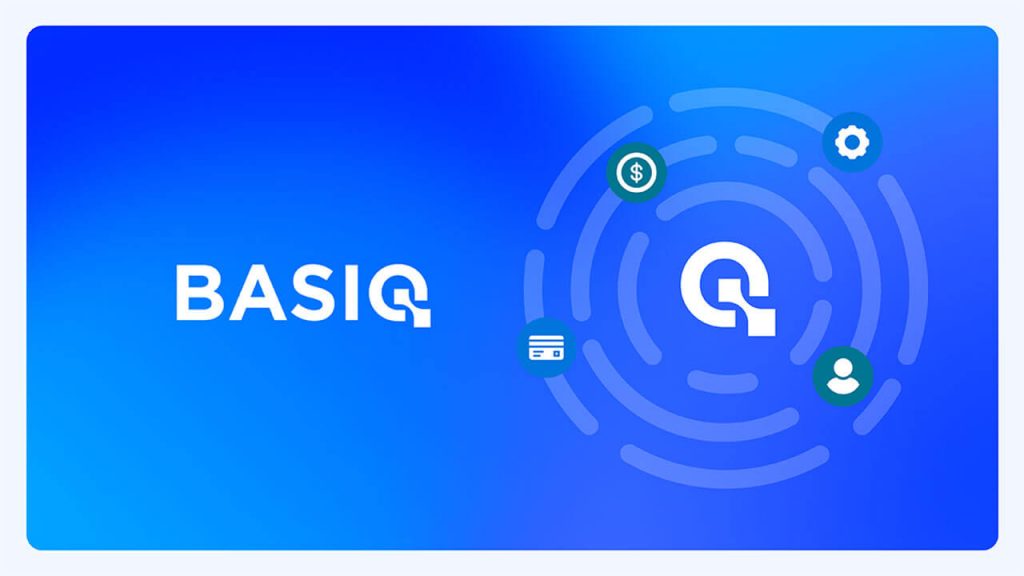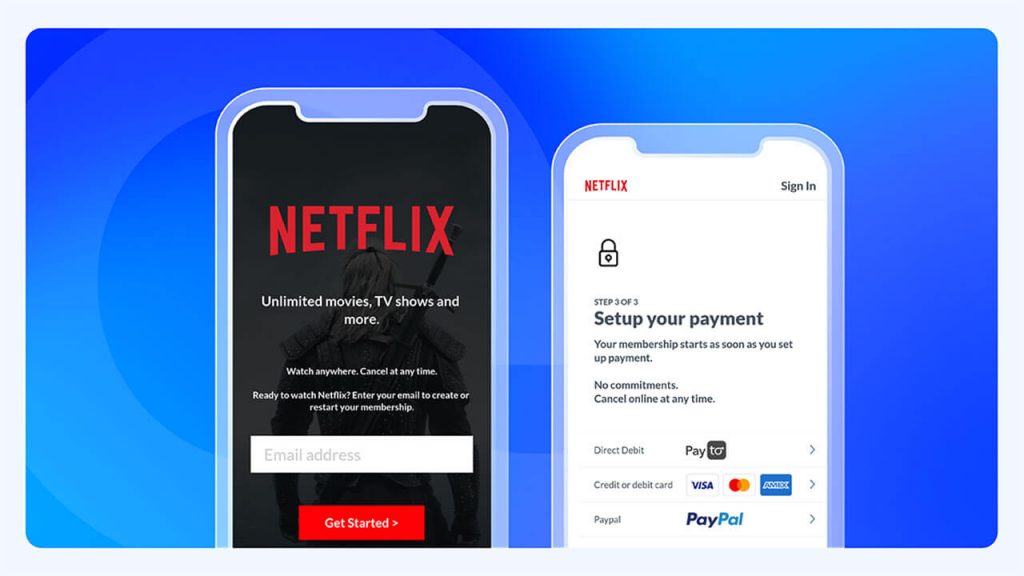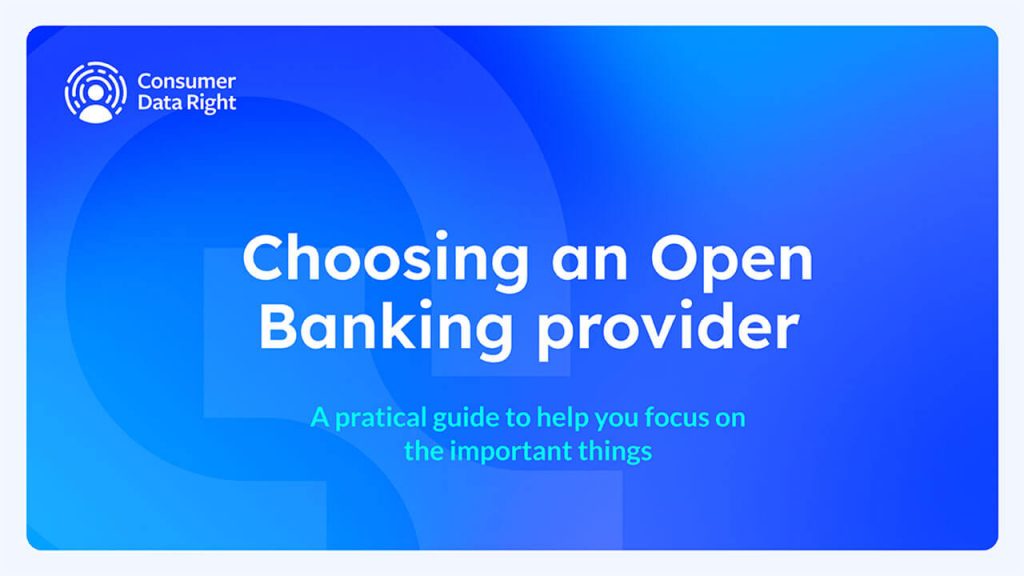Intro
Welcome to the final edition of the #BasiqInsights series for 2021. It has been a wild year. At the start of the year, Basiq had a plan to write about ten major trends within the Fintech landscape as part of a novel ‘Basiq Insights’ series. Myself and my then-marketing-team-of-three (hola Victor and Kat) whiteboarded potential writing points with the bold impetus of predicting trends in the Fintech landscape. It turns out that the ten post-its we decided as the cornerstone topics of our series were quickly reshuffled, redrawn and reoriented due to the exponentially fast moving nature of the Australian Fintech industry. This Insights piece aims to wrap everything up, from our initial discussion points, to what we saw, to what we predict for next year.
Where we started
The Basiq Insights series started out by looking at an ever-evolving trend of ‘Unbundling a Bank’ – that is – how Australian Fintechs are attacking each segment of the Big Four Banks, by selecting one product and doing it better. From there, the trend is to ‘Rebundle’, or add a number of additional products are services as their customer base grows. We composed an image of the Australian Fintech landscape and showed how they were ‘eating away’ at every part of CBA, from the retail to merchant bank and everything in between. You can check out the Live image here (which is alive and well, and the static one had to keep getting updated!)
Where we went
We then migrated to a number of novel topics to look at how important the role of Open Banking is in the future of growth in Australia’s Financial Technology scene:
2) The Big Four’s reaction to the Fintech threat
3) Is BNPL taking all the credit?
4) Why should Gen Z care about a credit score?
5) Open Banking payments: explained with Netflix
6) Demystifying Action Initiation
7) Allowing Open Banking to move into the renting experience
8) What can Open Banking learn from TikTok?
9) One app to rule them all: the rise of the Super App
10) Top Australian Fintech trends of 2021 + Predictions for 2022
Bonus: Opportunity missed: Three gaps between Action Initiation and PayTo
With a pervasive focus on Open Banking, there were also two white papers that commented on the trends in the industry:
- Four Novel Use Cases for Open Banking’s Future
- Write Access and the Future of Third Party Payment Initiation
Where to next?
Open Banking is an essential input into the broader trend of ‘Open Finance’ – that is, providing customer-consented access to financial data from sources outside of Banking alone. Open Finance is a major focus for Basiq in 2022 and we are excited to share more about (a) the definition of Open Finance (b) The technological and regulatory inputs into Open Finance and (c) the user experiences that can be created, or accentuated, through Open Finance.
With Open Finance as a feather in our cap, what are some more specific trends and themes that we eagerly await for 2022?
1. The extensibility of CDR into both write and read access
Action initiation, or doing something with data once it shared, represents a seismic shift in the Consumer Data Right’s regime. Specifically, how payments can be initiated under the CDR.
2.The proliferation of crypto purchasing and investing amongst Banking Fintech apps
Crypto exchanges are allowing retail investors to get their hands on some digital currency, tokens, NFTs and more. Given the amount of money going into these assets, paired with consumer demand, we can expect Banks to take more notice and begin offering crypto purchasing and in-app investment, such as the recent announcement by CBA in partnership with Gemini.
3.Payments regulation
The recent report from Josh Frydenberg, ‘Transforming Australia’s Payments System‘ outlines (a) a focus on regulating big tech’s power in the Australian payment ecosystem (b) BNPL regulation (which is presumably to report under the Comprehensive Credit Reporting regime) (c) protections for consumers and retailers transacting in crypto. (amongst many other things).
Summary
We hope you’ve been enjoying reading about the trends in the Australian Fintech landscape. If you’d like some sound waves to complement the above, you can check out the Basiq podcast here.
See you in 2022!
Article Sources
Basiq mandates its writers to leverage primary sources such as internal data, industry research, white papers, and government data for their content. They also consult with industry professionals for added insights. Rigorous research, review, and fact-checking processes are employed to uphold accuracy and ethical standards, while valuing reader engagement and adopting inclusive language. Continuous updates are made to reflect current financial technology trends. You can delve into the principles we adhere to for ensuring reliable, actionable content in our editorial policy.




